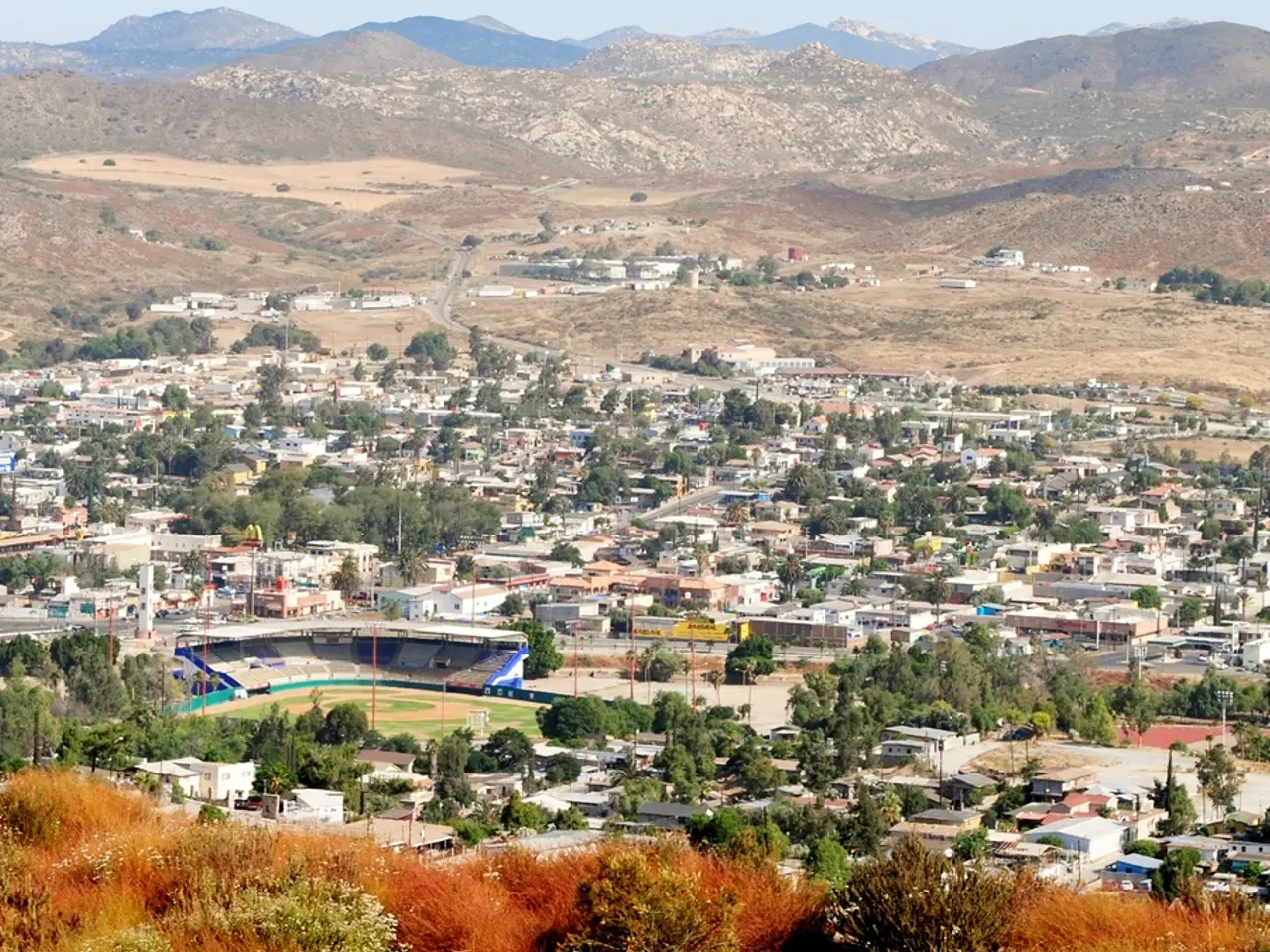Political Governance Sparks a Cycle of Victimization, as Demonstrated by Shikha Mukerjee's Analysis
The political landscape of India is gearing up for a significant shift as the Assembly elections in Kerala, Tamil Nadu, West Bengal, and Assam draw near in 2026. These states, each with a unique political identity, are preparing for a fierce battle that promises to reshape the political dynamics of the country.
Kerala: A Pragmatic Approach
In Kerala, the ruling CPI(M)-led Left Democratic Front (LDF) under Pinarayi Vijayan is adopting a pragmatic, somewhat conciliatory approach towards the BJP-led central government. The focus is on development deals and fund releases, rather than outright ideological confrontation. This includes engagement with BJP leaders for developmental projects to demonstrate governance capability. However, this uneasy accommodation risks internal dissent within the CPI(M) ranks and challenges to their traditional anti-BJP stance.
The BJP in Kerala aims to expand by targeting Christian voters away from Congress and Hindu voters away from the Left, focusing on northern districts with significant Muslim populations. Their goal is to become the single largest Hindu party, leveraging caste and communal fault lines.
Tamil Nadu: A Tight Race
The BJP faces significant challenges in Tamil Nadu, despite contesting multiple seats. Its strategy involves large-scale campaigns to popularize PM Modi’s schemes and claim credit for development projects, trying to undercut the ruling DMK’s dominance by highlighting their appropriation of BJP-initiated welfare projects. The BJP aims to sharpen its grassroots mobilization but remains the third force behind established regional parties. The larger anti-BJP resistance here is embodied by the DMK, which seeks to consolidate its incumbency by emphasizing regional identity and welfare successes attributed partially to the BJP-led central funding but distancing from BJP politics.
West Bengal: A Highly Polarized Contest
The BJP is aggressively pushing for a comeback against Mamata Banerjee's Trinamool Congress (TMC) in West Bengal. It targets about 70 closely fought seats, emphasizing micro-campaigns, star leadership, and local issues including unemployment and religious polarization. The BJP is betting on narrow margins to flip these seats, while the TMC is strengthening its defenses. Smaller parties, including the Left and Congress, could influence outcomes amid the polarized contest.
A Battle for the Soul of India
In all three states, the overarching opposition to the BJP manifests in varied forms. Kerala’s Left-front's pragmatic engagement versus BJP’s community-focused outreach; Tamil Nadu’s BJP attempts to appropriate welfare narratives amid DMK resistance; and West Bengal’s highly polarized electoral confrontation between TMC and BJP focused on local development and identity issues.
These dynamics illustrate a complex mosaic where anti-BJP forces are not uniformly blocking BJP influence but strategizing around local socio-political contexts in the 2026 elections.
The 2026 elections are more significant than a routine round of Assembly elections. Any change that weakens the base of the DMK in Tamil Nadu, the TMC in West Bengal, or the Left Democratic Front in Kerala will significantly alter the dynamics of the BJP versus non-BJP Opposition fight.
The exercise of unbridled discretion in areas not entrusted to the discretion of the governor risks walking roughshod over the working of a democratically-elected government at the state. The governors sent by the Centre have been at loggerheads with these states.
The parties in power and Opposition are writing the script for these elections. Any further erosion of strength in terms of territory in the non-BJP opposition would deepen the crisis of democracy, federalism, and the basic structure of the Constitution in India.
- The focus in Kerala is on development deals and fund releases, indicating a pragmatic approach from the ruling CPI(M)-led Left Democratic Front (LDF), rather than outright ideological confrontation with the BJP-led central government.
- The BJP in Kerala aims to expand by targeting voters, including Christians, Hindus, and those in northern districts with significant Muslim populations, in an attempt to become the single largest Hindu party.
- The BJP in Tamil Nadu faces significant challenges despite contesting multiple seats, and their strategy involves popularizing PM Modi’s schemes, claiming credit for development projects, and sharpening grassroots mobilization to undercut the ruling DMK’s dominance.
- The BJP is aggressively pushing for a comeback against Mamata Banerjee's Trinamool Congress (TMC) in West Bengal, focusing on micro-campaigns, star leadership, and local issues, including unemployment and religious polarization.
- The 2026 elections are more significant than a routine round of Assembly elections, as any change that weakens the base of the DMK in Tamil Nadu, the TMC in West Bengal, or the Left Democratic Front in Kerala will significantly reshape the political dynamics of the country.
- The governors sent by the Centre have been at loggerheads with the states, and the exercise of unbridled discretion risks walking roughshod over the working of a democratically-elected government at the state level, potentially deepening the crisis of democracy, federalism, and the basic structure of the Constitution in India.






